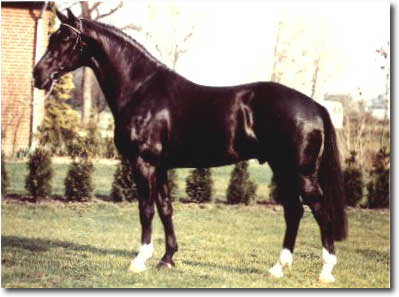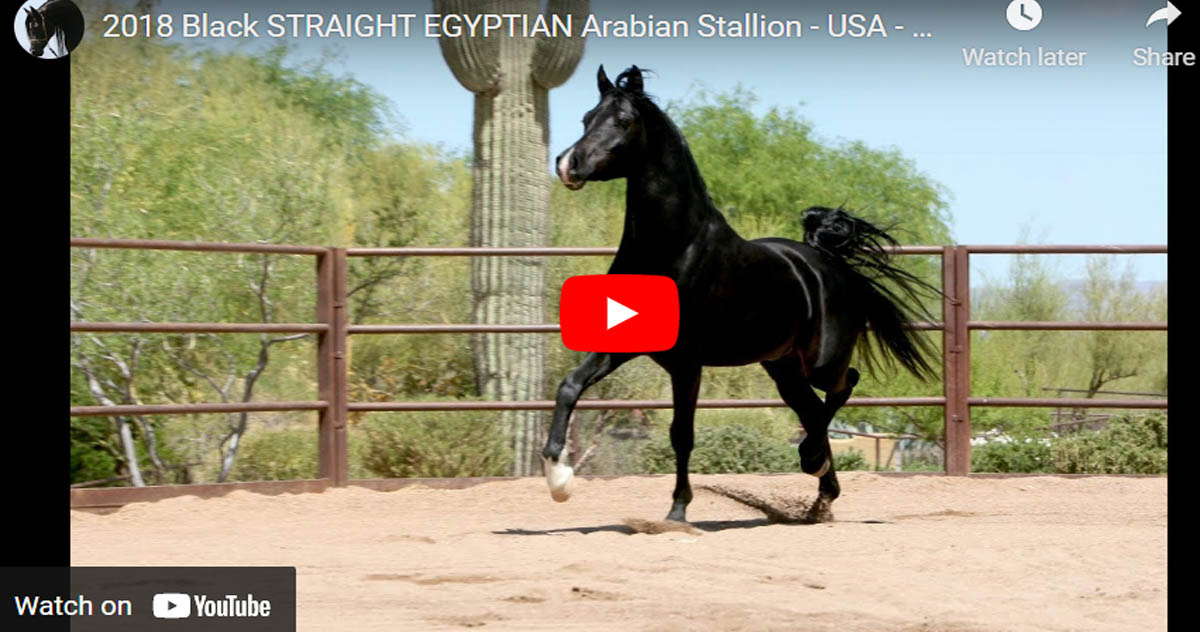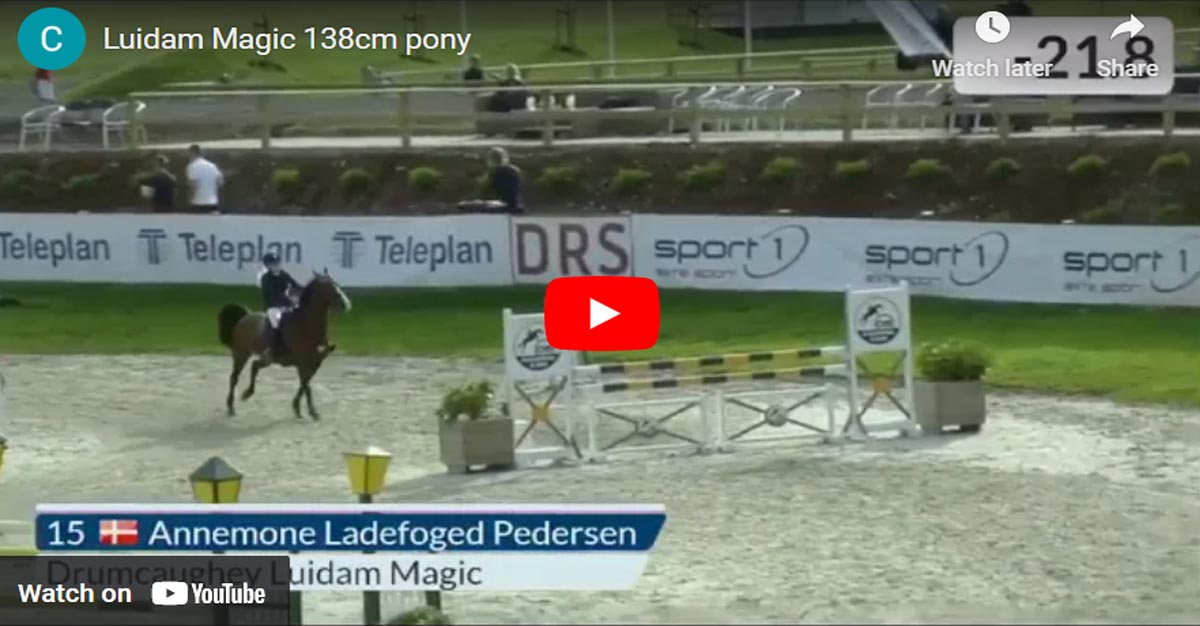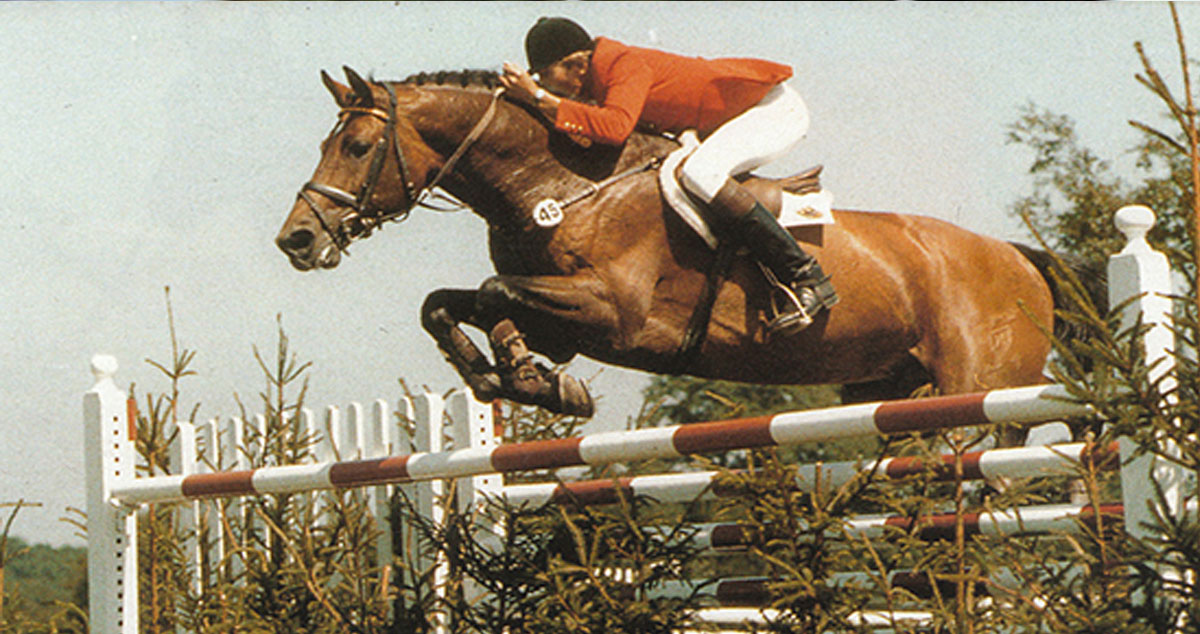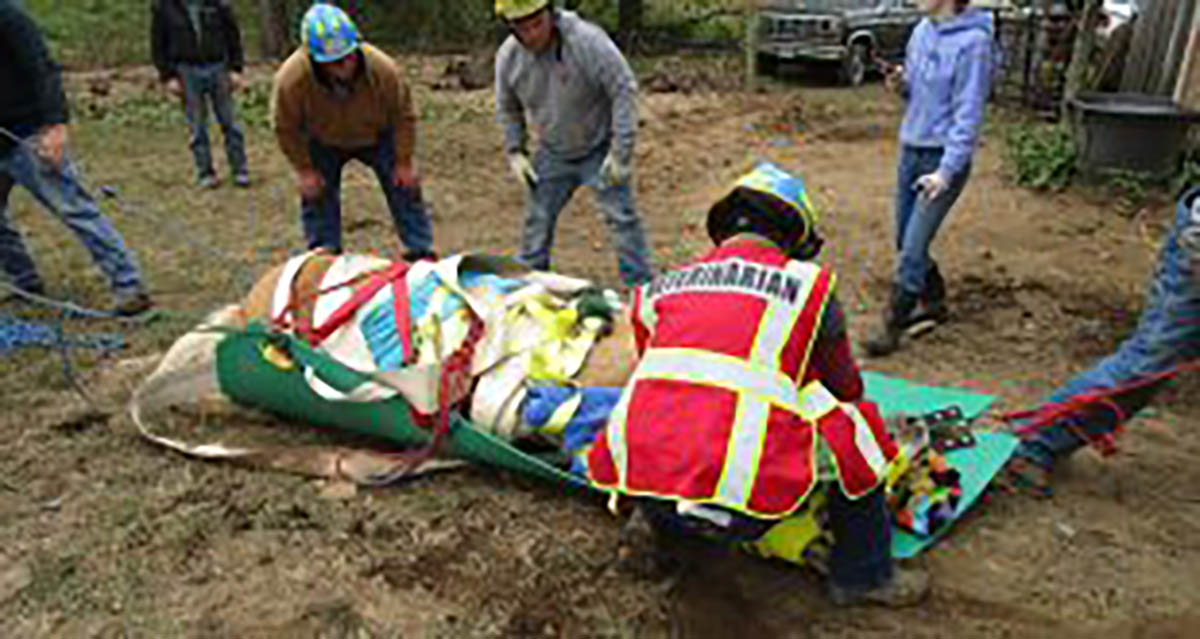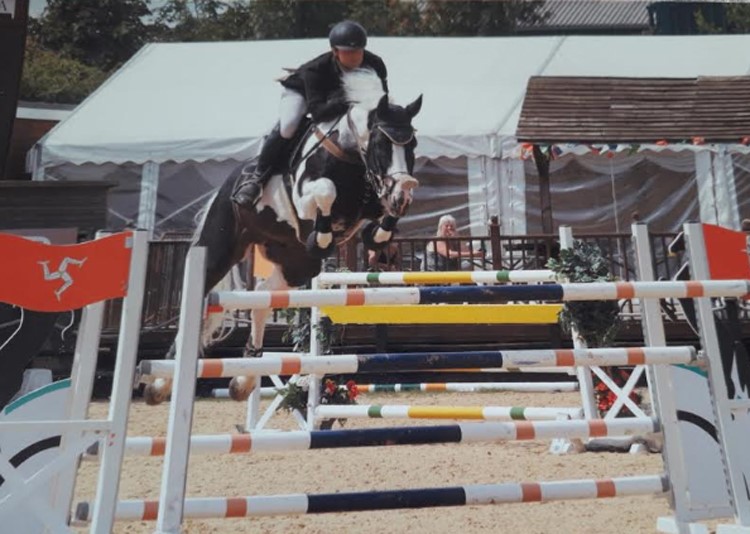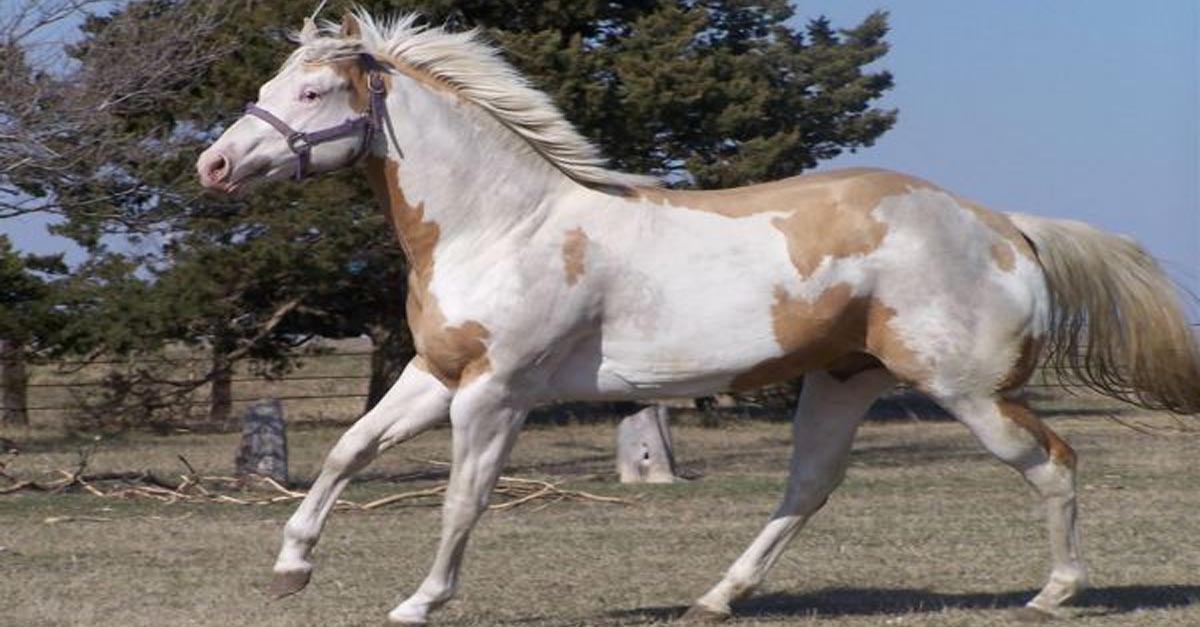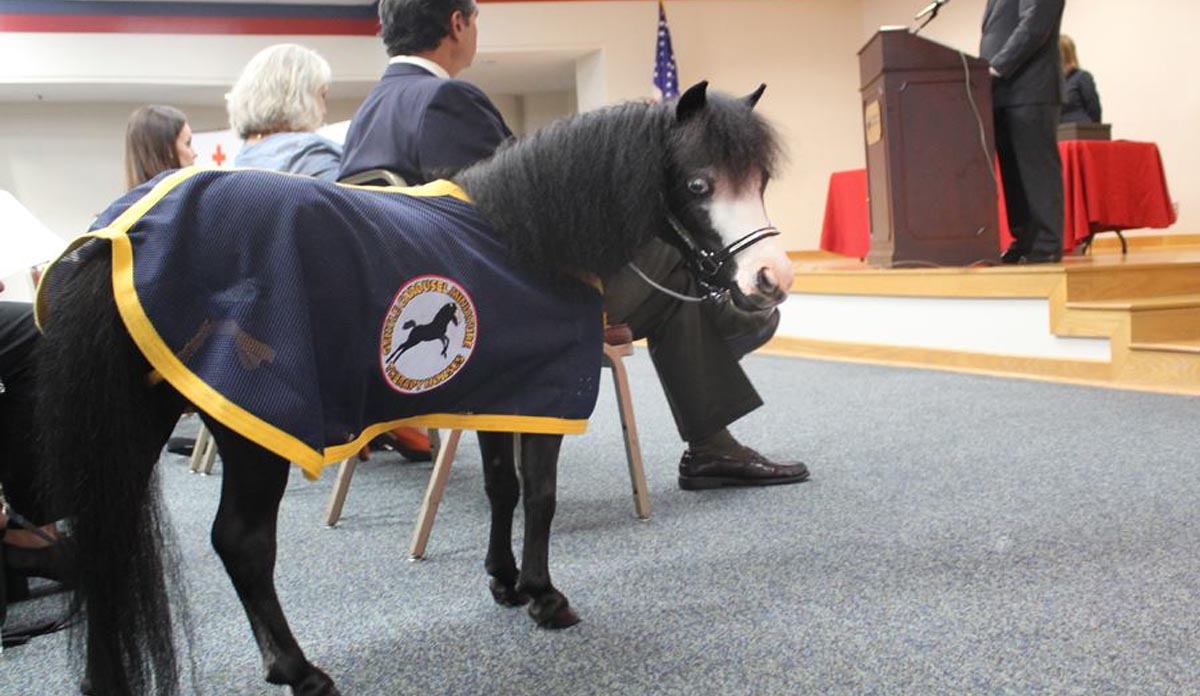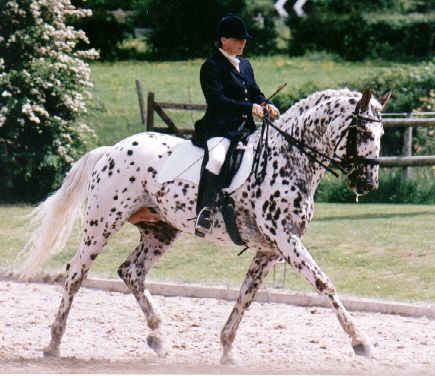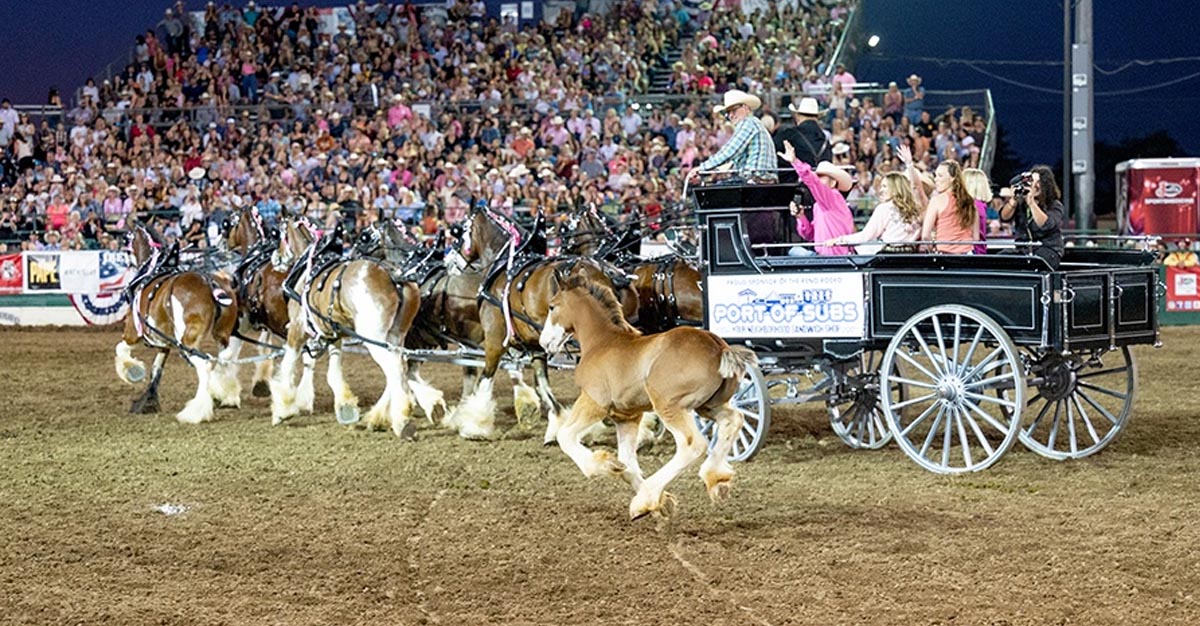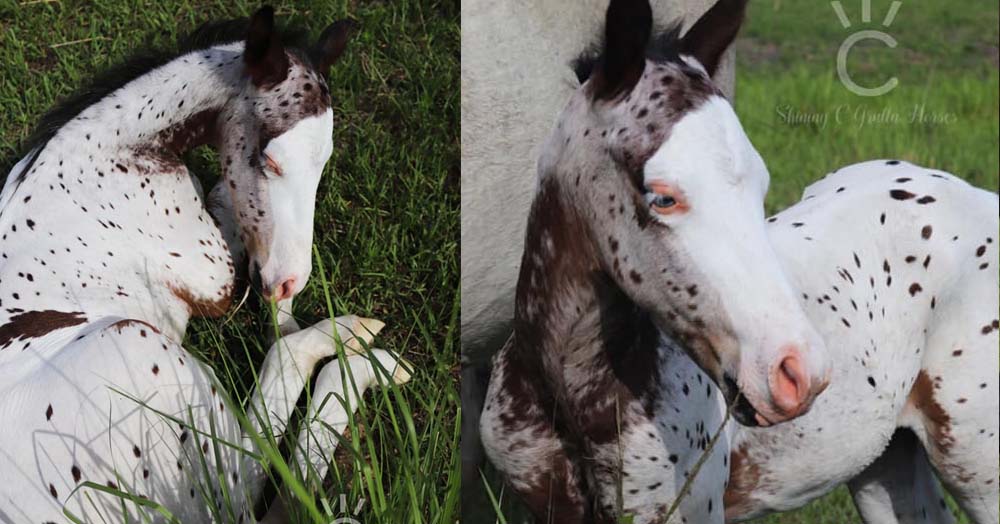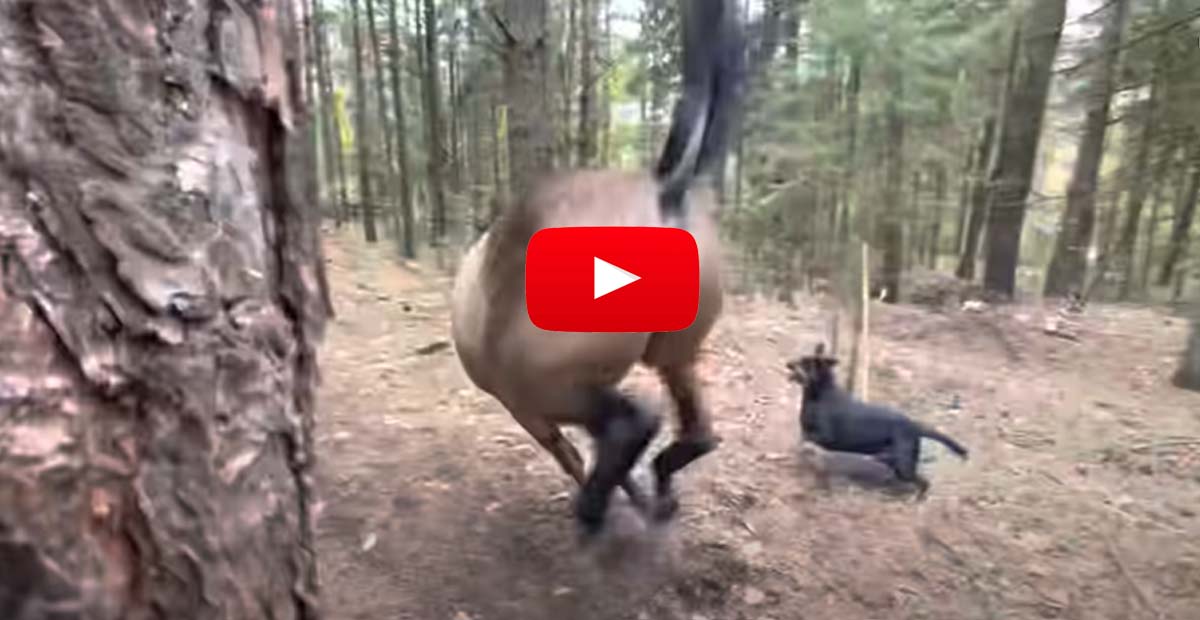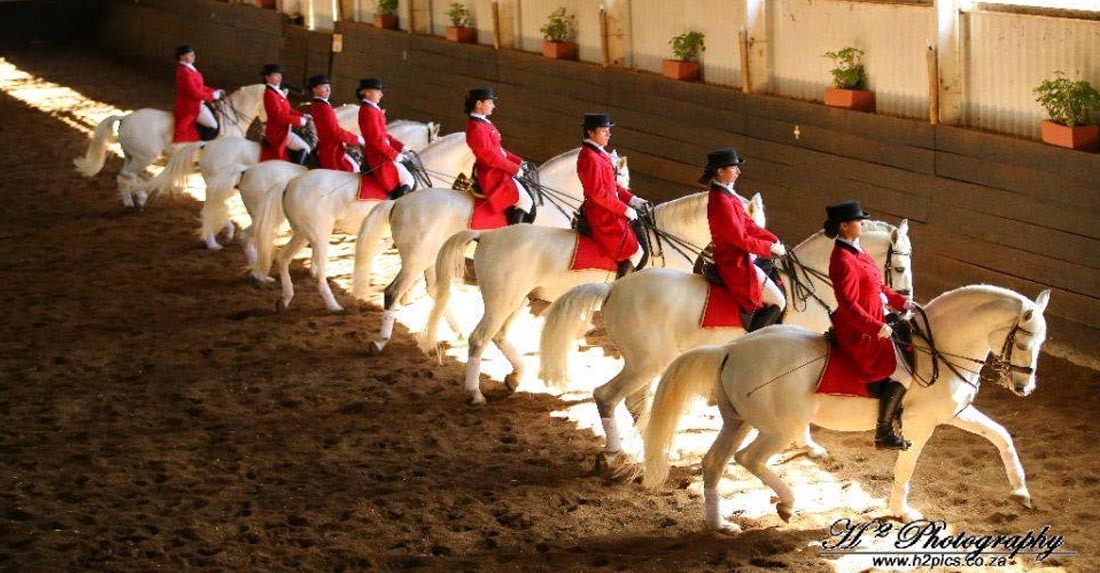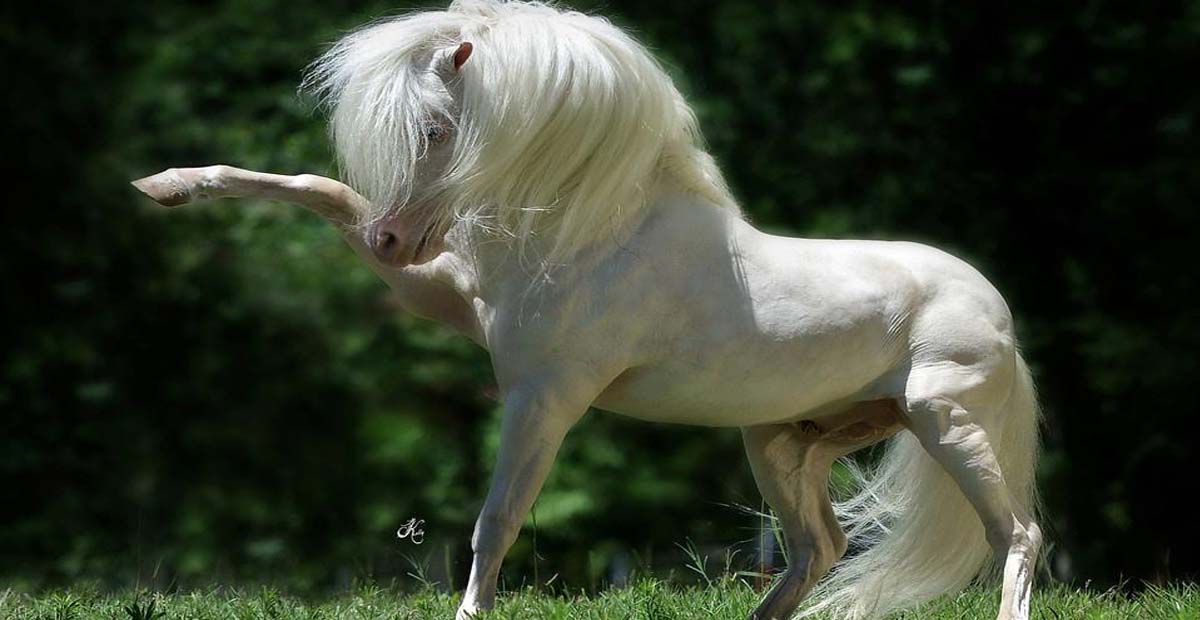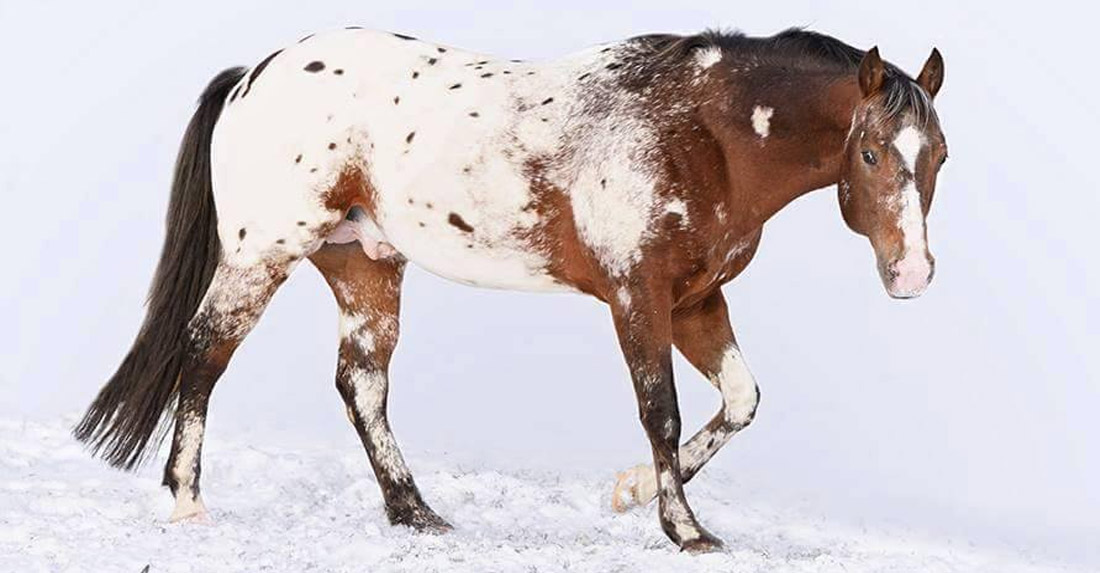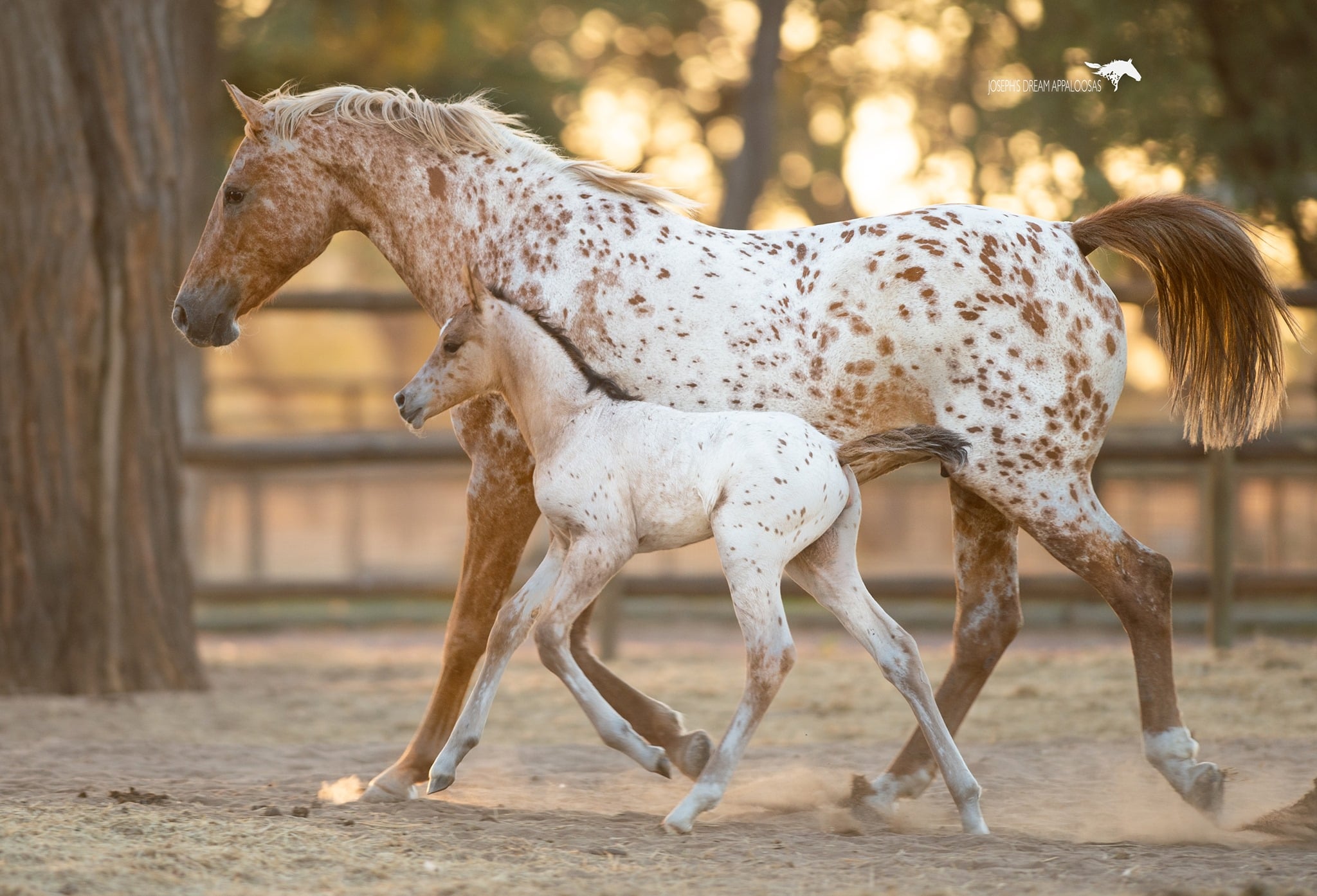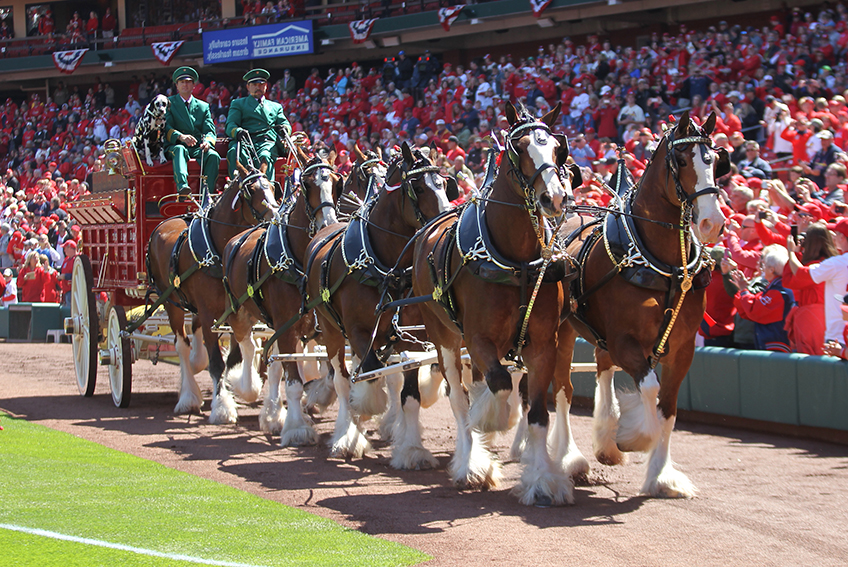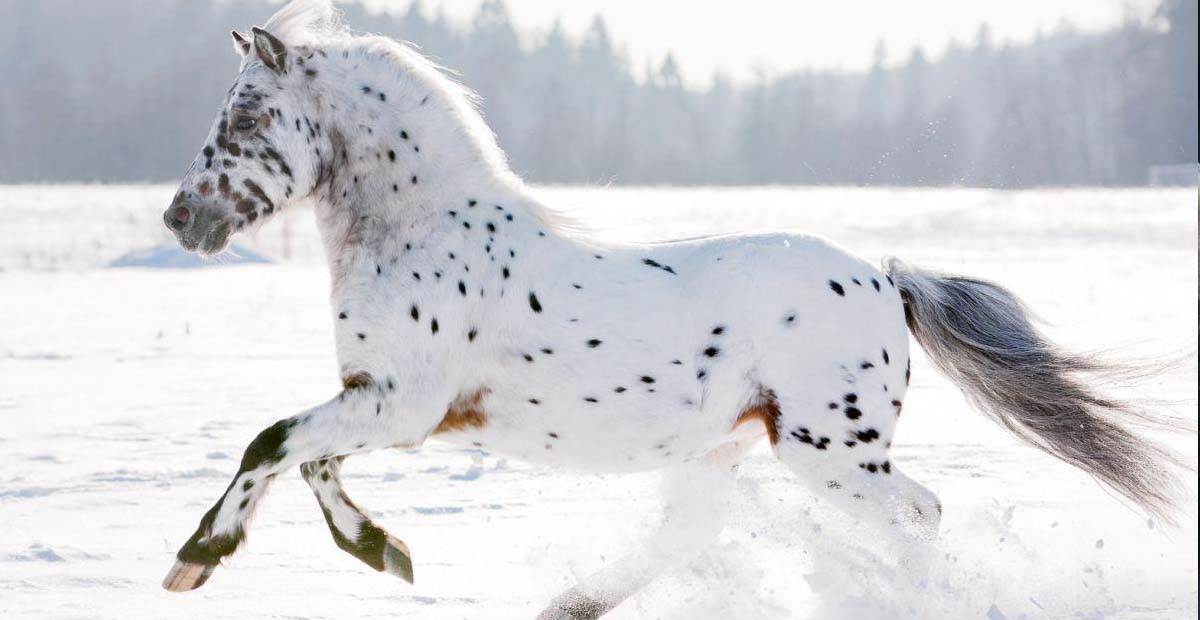How Much Do Horses Eat
The horse has evolved to search for food - collect, chew and swallow. The stomach of a full grown horse is less than 10% of the total volume of the digestive tract. The largest part of the digestive tract is the hind gut – 80 % of the whole tract. The horse has a relatively short small colon. The cecum is 1 meter long and has a volume of 25-30 liters. The hindgut has a volume 3 times that of the small colon and is 3-4 meters long. The whole digestive tract is 15 % of the horse’s total weight. While the horse has not evolved any stretch receptors in its stomach (like humans have) that signal when the stomach walls are full, it cannot feel when the stomach is full and can easily eat too much in case it gets access to large volumes of easily digestible feed.
The consumption ability of the horse
A full grown horse can eat about 2 % of its body weight on a daily basis. This means that a horse should eat 1,5 kg dry matter per 100 kg body weight on a daily basis (eg: a horse that weighs 500 kg should get minimum 7,5 kg dry matter roughage per day). Since haylage sometimes has a higher energy content than hay, the quantity of concentrate feed should be reduced in relation to they haylage rations. This will clearly become more economical for you as a horse owner and provide a more suitable feed ratio for your horse’s requirements. Studies have shown that horses fed an option of silage, haylage and hay have preferred feeding from the silage first, haylage second and hay last.
An important observation, though, is that haylage contains more water than hay, which means that the haylage ratio must be increased in proportion to the hay ratio. It is an advantage for the horse to be able to eat for longer, as this is optimal for a healthy digestive tract. In the wild the horse will feed 14-18 hours per day. The longest break a horse will take from feeding is 3-4 hours.
The content of the amino acid lysine in forage in relation to the horse’s requirement
The amount of forage a horse requires to eat to satisfy its energy requirement should also cover its protein requirement. Forage for adult horses requires less protein content than that for studhorses and young, growing horses. The protein content of forage is related to the maturity stage of the forage prior to harvest. The amino acid content; lysine and methionine increase in relation the protein content of the forage. Lysine and methionine are the 2 amino acids that are considered as most limiting for young horses to grow and develop properly. Lysine is the most limiting amino acid as Lysine is the amino acid that the horse needs the most of. Providing the horse with sufficient amounts of the limiting amino acids will ensure that the horse will get enough of the other amino acids as well.
Mares’ milk contains well balanced quantities of essential amino acids specifically adapted to the foal’s requirements. The balance between lysine and other amino acids in mares’ milk fits perfectly with the needs of foals’ muscles. A roughage high in protein content contains amino acids in a quantity and quality better suited for the horses physiological requirements than proteins coming from concentrates (oats contain the most lysine in comparison to the other concentrates).
How many kg of roughage should I feed my horse per day if I work on the basis of dry matter and the horse’s weight?
| Roughage | Dry matter in % | Calculated 1 kg Dry Matter to 1 kg feed (for 1/0,84 = 1,2 kg feed) |
| Hay | 84% | 1,2 kg feed |
| Haylage | 45% | 2,2 kg feed |
| Haylage | 50% | 2,0 kg feed |
| Haylage | 55% | 1,8 kg feed |
| Haylage | 60% | 1,7 kg feed |
| Haylage | 65% | 1,5 kg feed |
| Haylage | 70% | 1,4 kg feed |
Calculation: 1 kg dry matter in % in equivalent amount in kg feed – the higher water content of the haylage the more the more feed per kg is required for feed out to the horse.
For example a horse that weighs 500 require minimum 1,5 kg TS per 100 kg body weight per day, which means 7,5 kg Dry Matter per day. This means that 1 kg dry matter of hay is equivalent to 1,2 kg feed – which means that the horse requires a minimum of 9 kg hay per day.
This is how you calculate: 1,2 kg Dry Matter hay x 7,5 kg Dry Matter per day = 9 kg hay/day/horse (or 7,5 kg Dry Matter hay /0,84 (the dry matter content of hay) = 9 kg hay)
The same calculation goes for haylage eg 55 % dry matter; 1,5 kg Dry Matter x 5, 00 (500 kg bodyweight) = 7,5 kg Dry matter recommended feed out per day/horse.
1 kg haylage at 55 % Dry Matter is equal to 1,8 kg Dry Matter which means; 1,8 kg Dry Matter haylage x 7,5 kg Dry Matter recommended feed out per day/horse = 13, 5 kg haylage per day/horse Haylage.



